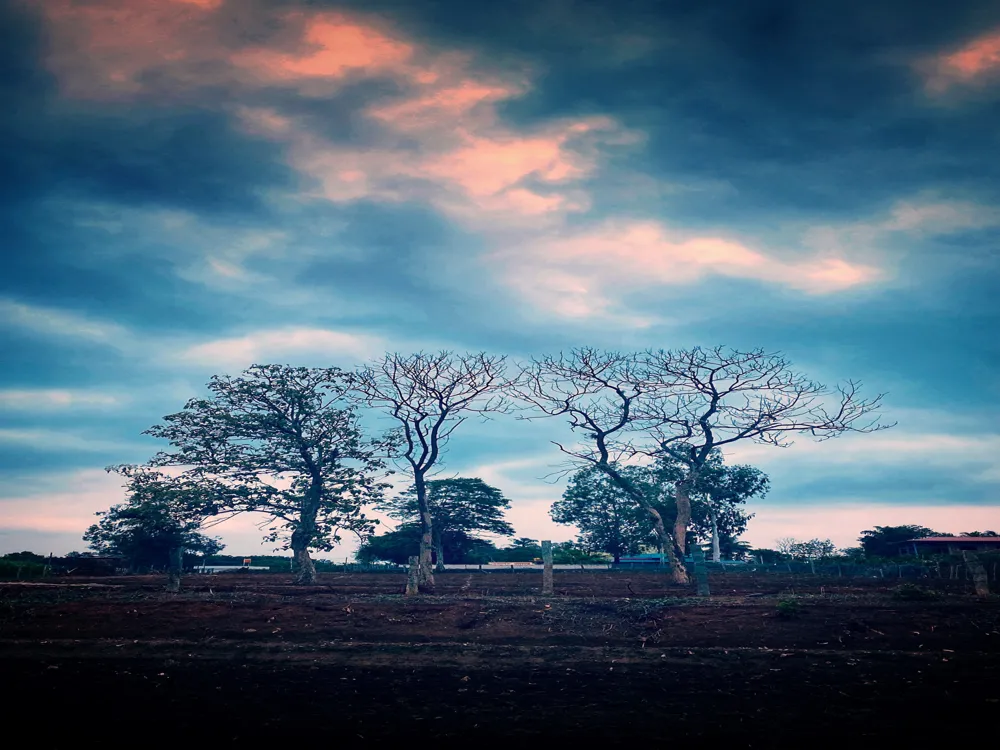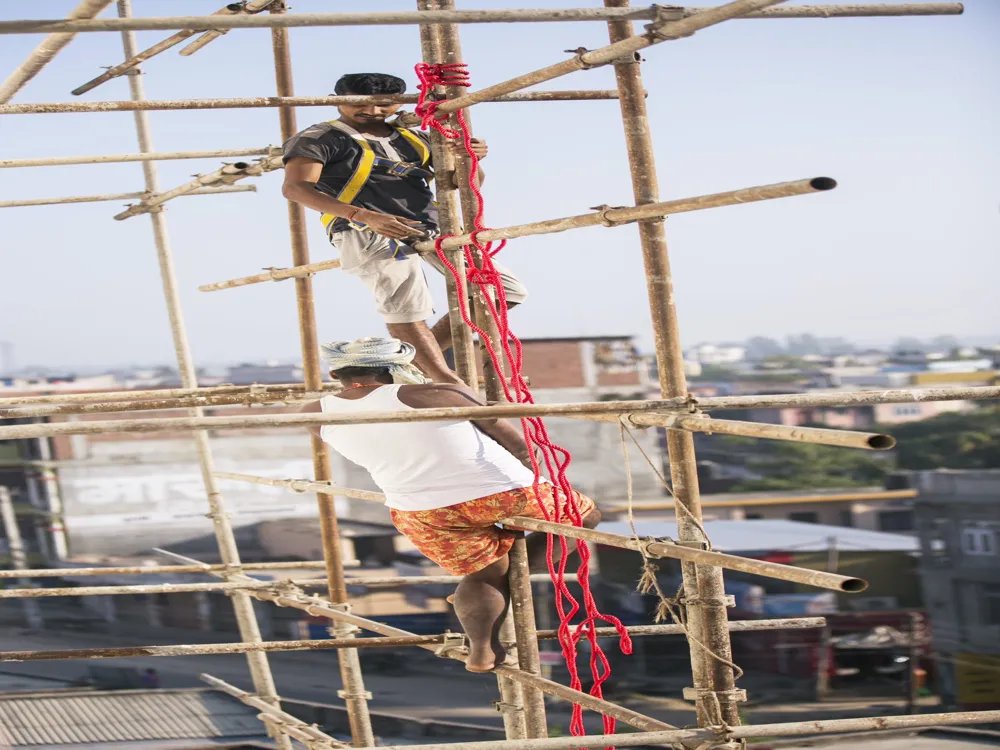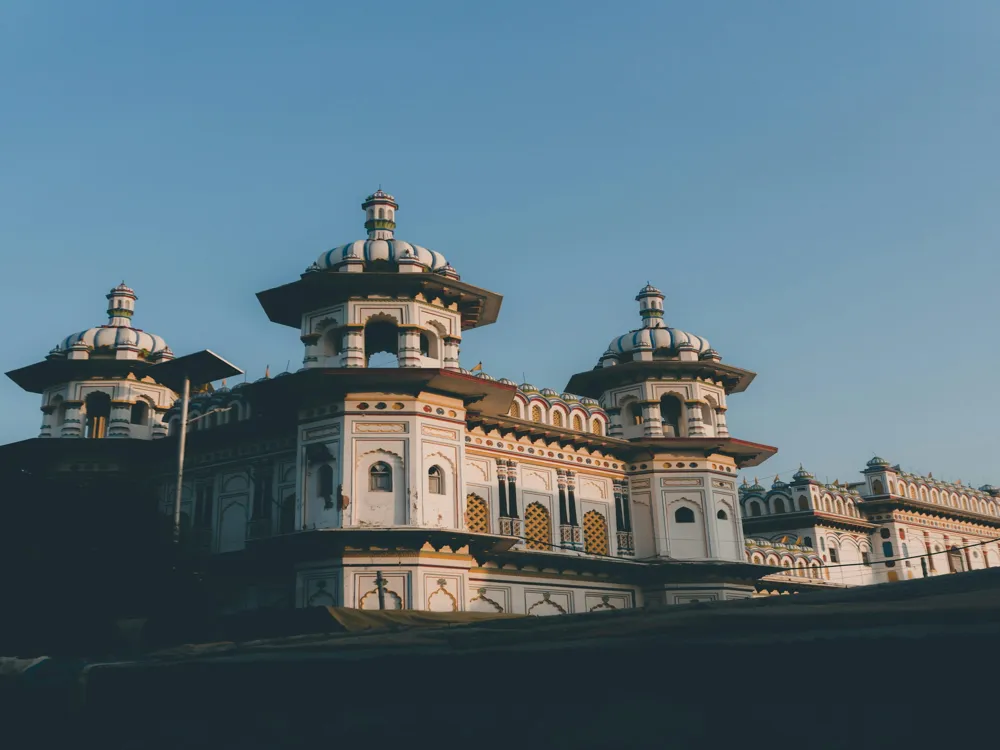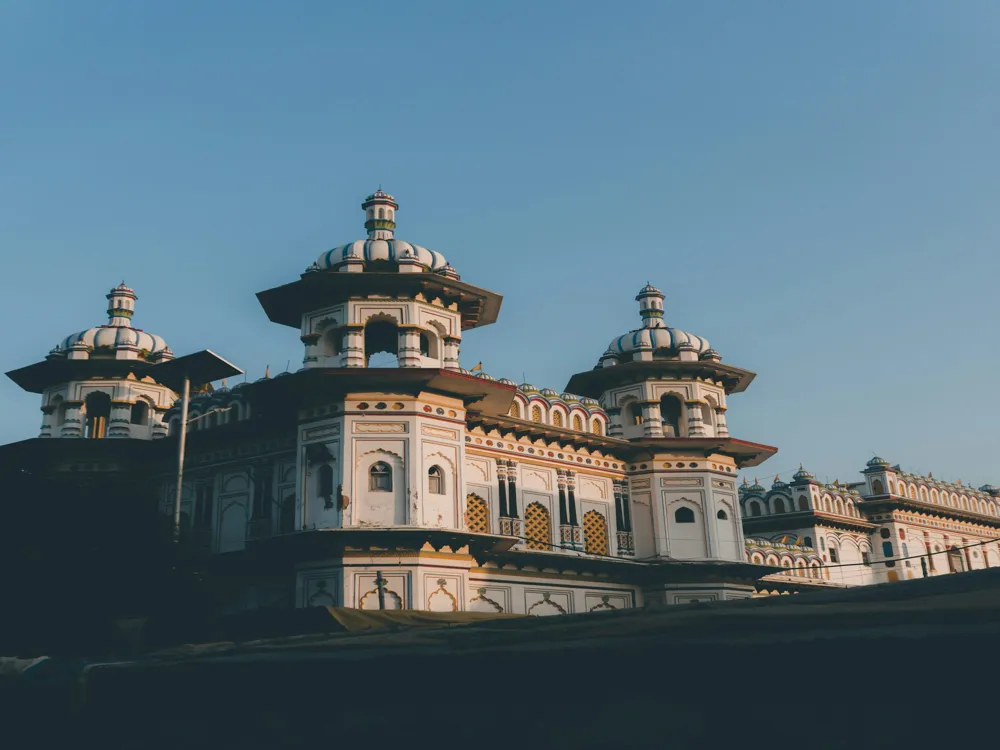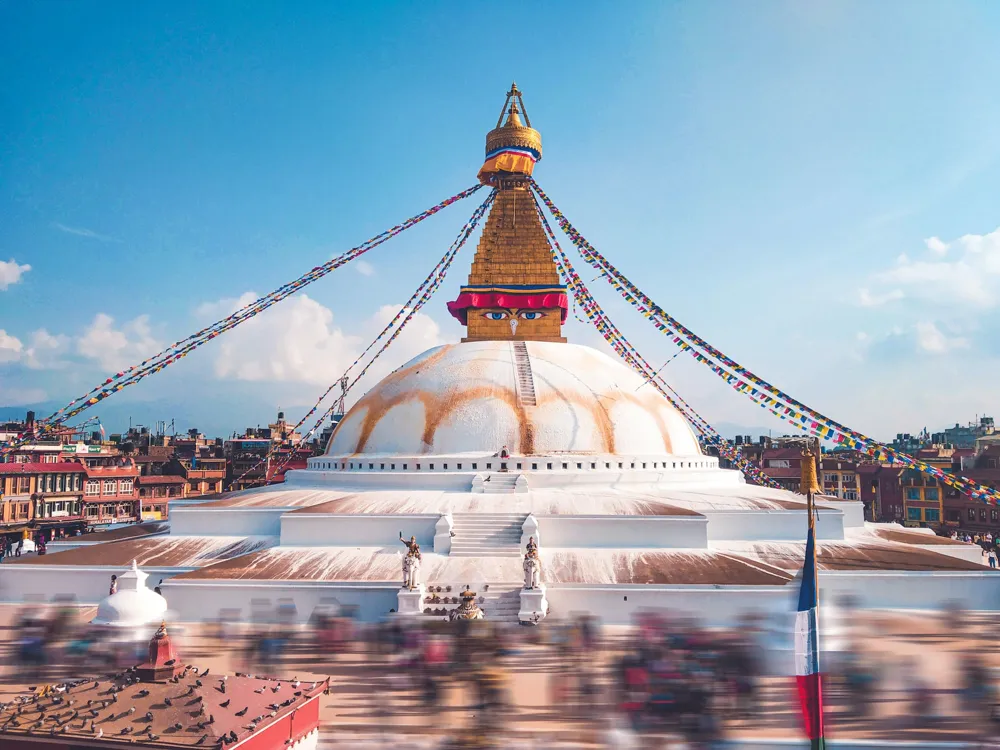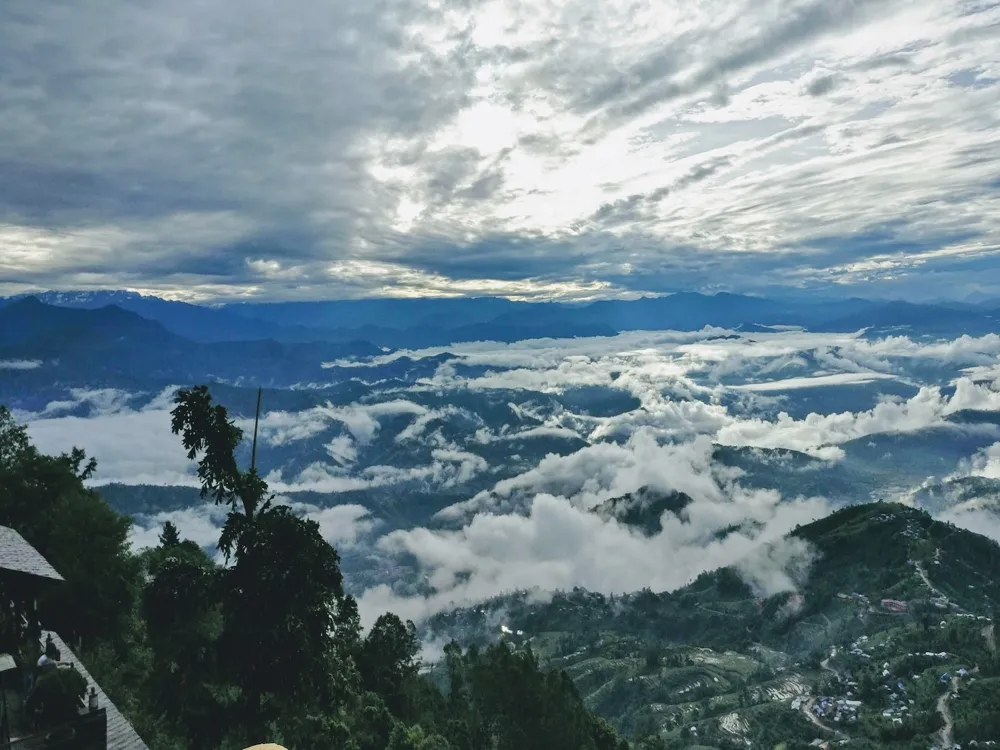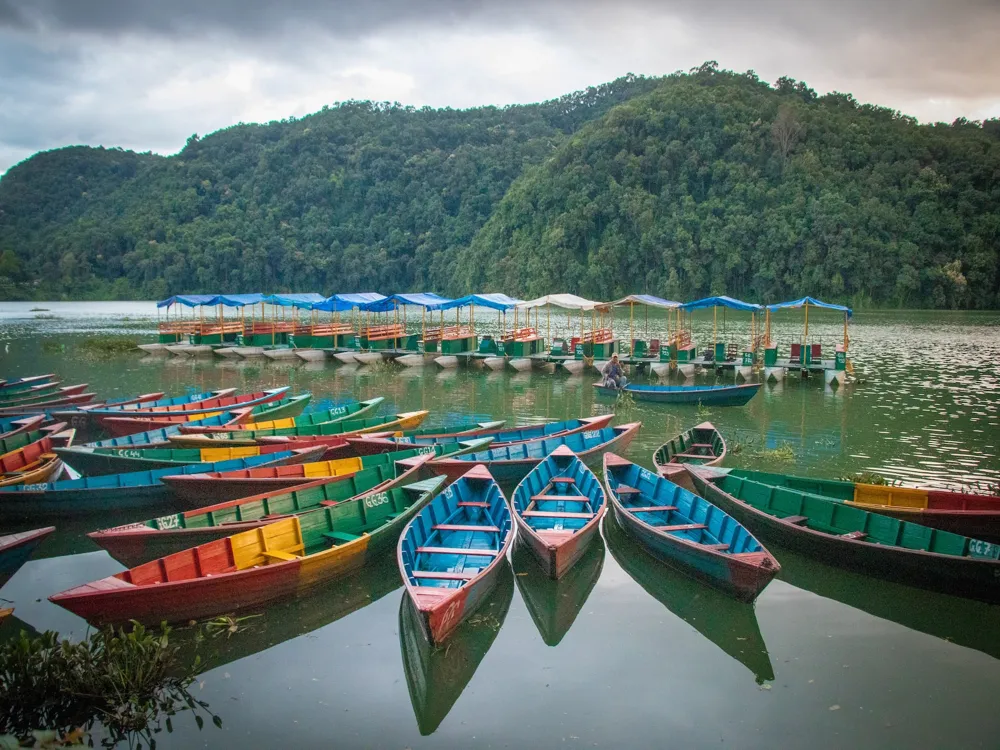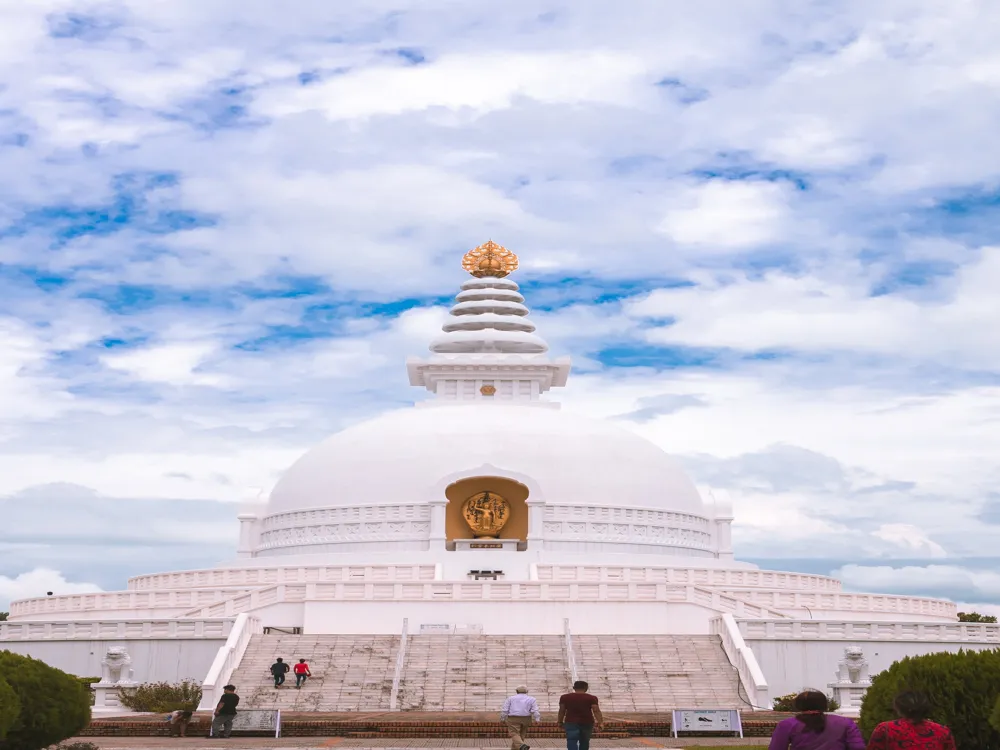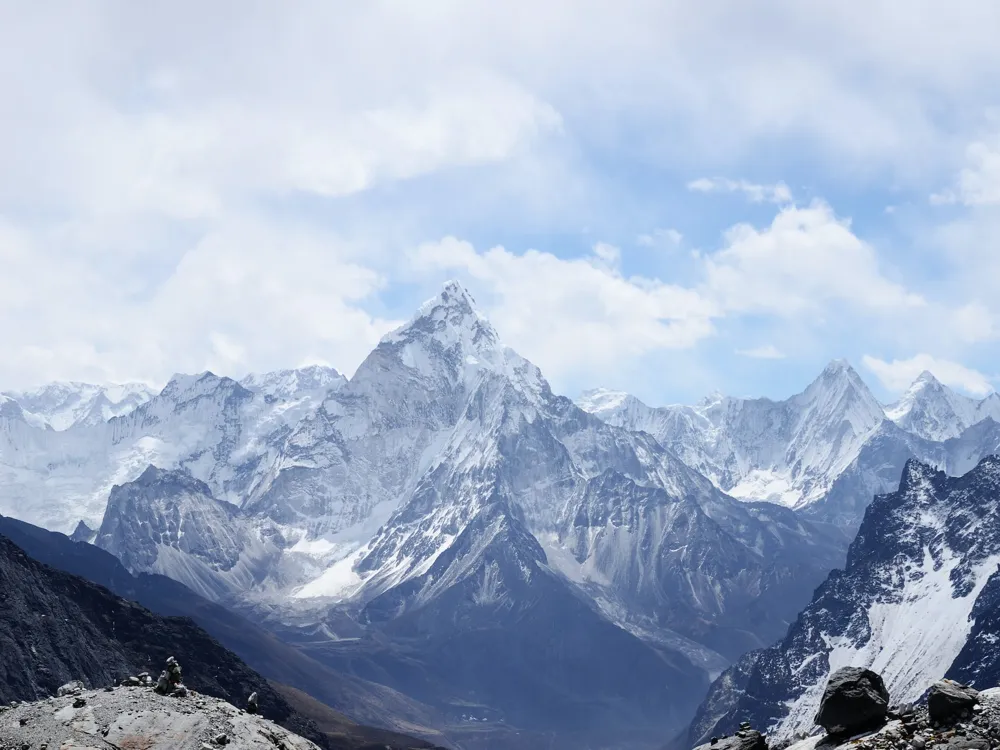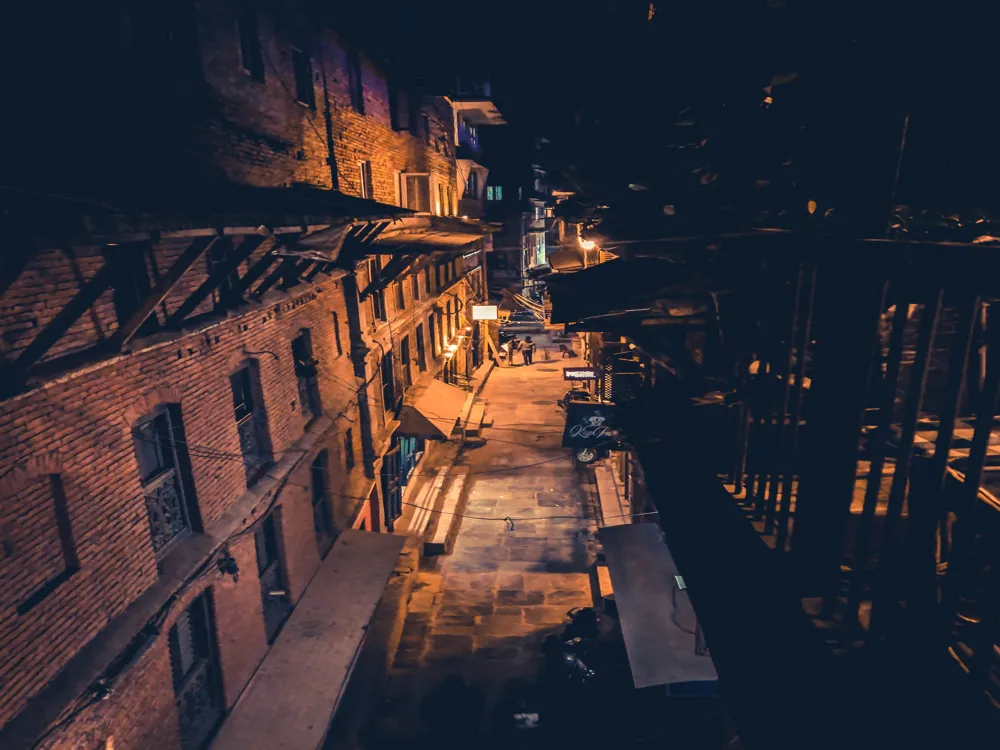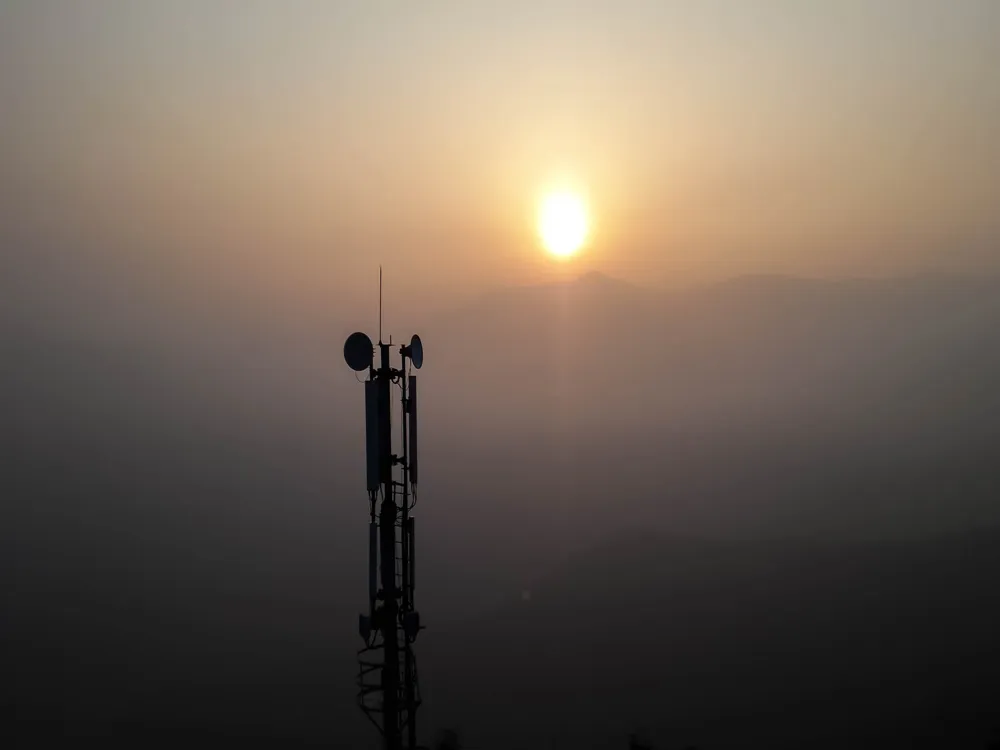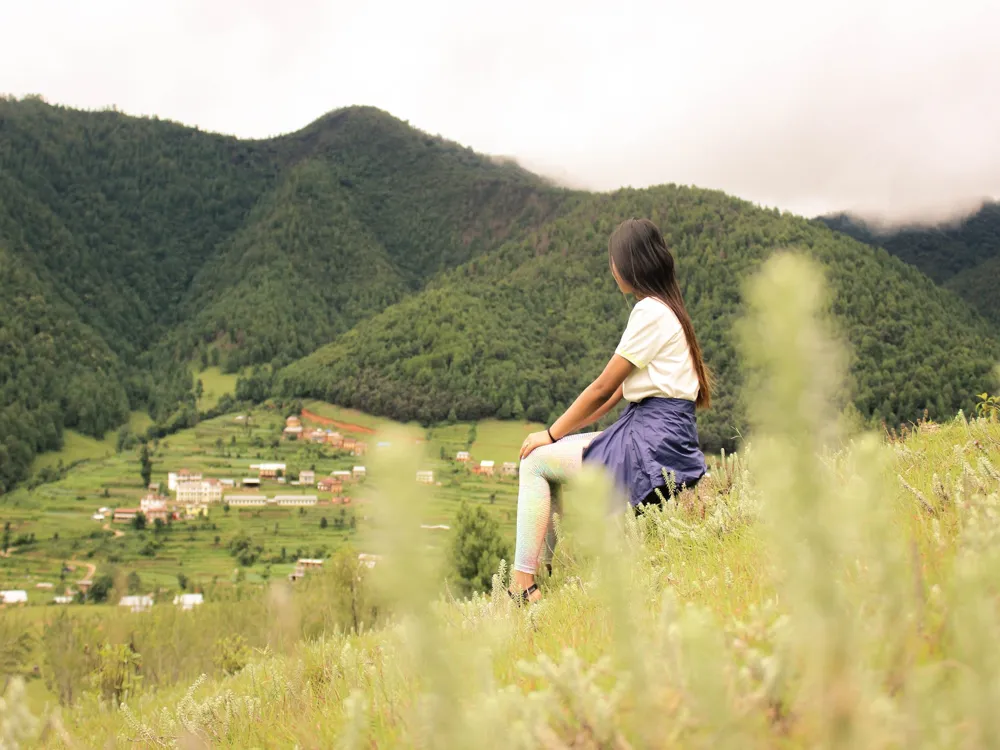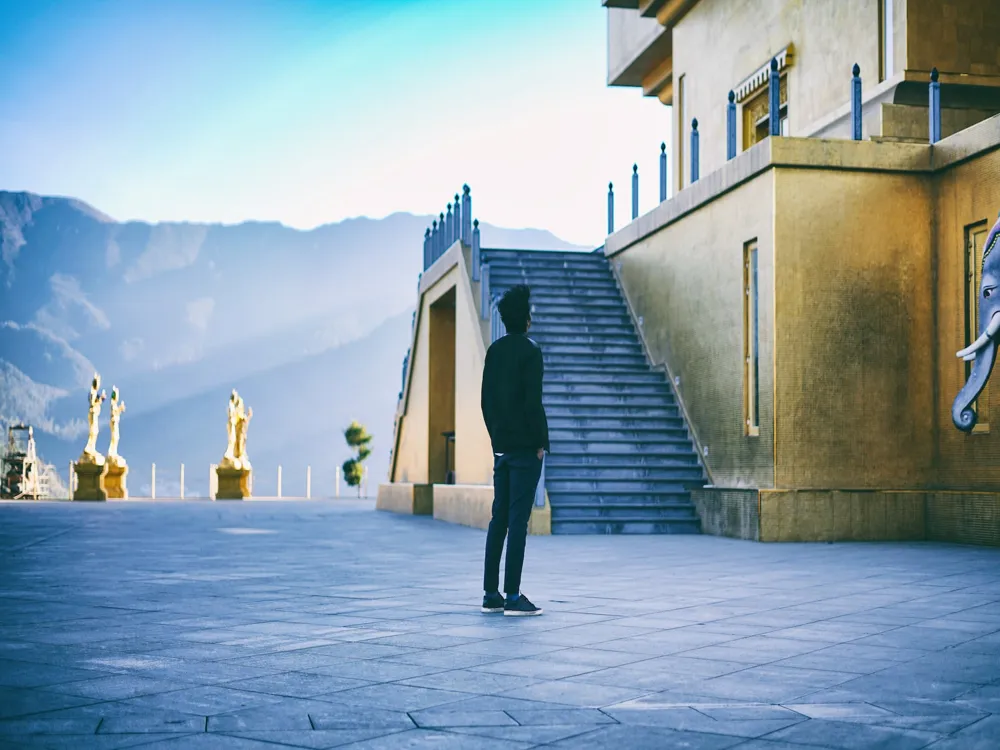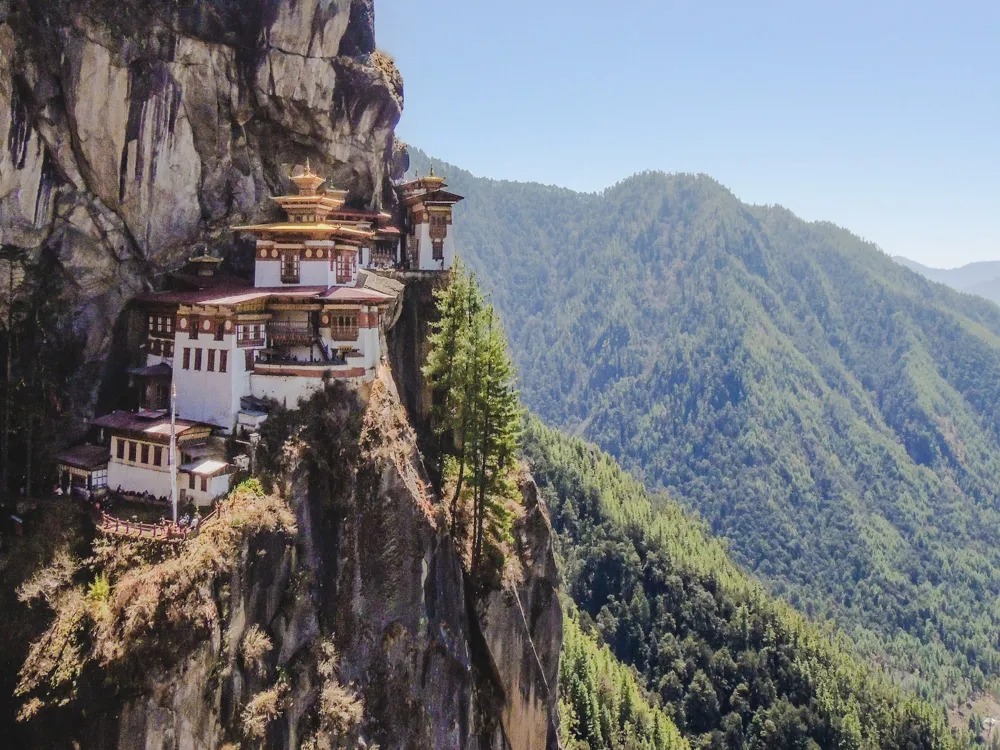The Rolwaling Valley, a hidden gem nestled in the heart of Janakpur, is an epitome of natural beauty and cultural richness. This secluded valley, surrounded by the majestic Himalayan ranges, offers a serene and unspoiled environment, making it a haven for trekkers and nature enthusiasts alike. The valley is not just a picturesque landscape but also a testament to the vibrant culture and traditions of the local communities. Spanning over 1500 words, the enchanting journey through the Rolwaling Valley begins with its geological formation. Carved by the Rolwaling River, the valley showcases a diverse range of flora and fauna, unique to its high-altitude ecosystem. The lush rhododendron forests, alpine pastures, and glistening glaciers present a mesmerizing panorama that captivates the heart of every visitor. Diving deeper into the cultural aspects, the valley is a mosaic of cultural practices and beliefs. The indigenous communities, primarily Sherpas, have a rich history and a unique lifestyle adapted to the high-altitude environment. Their festivals, rituals, and day-to-day activities reflect a harmonious blend of Buddhism and ancient Himalayan traditions, offering a profound insight into their resilient and spiritual way of life. The architecture of Rolwaling Valley is a mirror reflecting the history, culture, and environmental adaptations of its inhabitants. Over 1500 words, we explore the distinctive architectural styles that are not only functional but also aesthetically pleasing. The traditional houses, primarily made of stone and wood, are designed to withstand the harsh mountain climate. Their sloping roofs carved wooden windows, and low doors are not just architectural choices but a testament to the ingenuity of the local people in using available resources. The monasteries and chortens dotting the valley add a spiritual dimension to its architecture. These religious structures, adorned with vibrant thangkas, intricate carvings, and prayer flags, serve as centers for cultural and spiritual activities. The intricate designs and patterns on these buildings are not merely decorative but symbolize various aspects of Buddhist philosophy and cosmology, offering a glimpse into the deep spiritual roots of the community. The ideal time to explore the Rolwaling Valley is from April to May and from October to November. During these months, the weather is relatively stable, and the skies are clear, offering spectacular views of the Himalayan peaks. Given the high altitude of the valley, acclimatization is crucial. Visitors should ascend gradually and stay hydrated. It's also essential to carry a basic first-aid kit and be aware of symptoms of altitude sickness. Respect the local culture and traditions. Dress modestly, ask permission before taking photographs, and be mindful of religious sentiments, especially when visiting monasteries and sacred sites. Reaching Rolwaling Valley is an adventure in itself. The journey usually begins from Kathmandu, followed by a drive to Charikot or Singati. From there, trekkers embark on a multi-day hike through diverse terrains, crossing suspension bridges, and passing through traditional Sherpa villages to reach the valley. The trek is challenging but rewards with breathtaking views and a unique cultural experience. Read More: Overview of Rolwaling Valley in Janakpur
Architecture of Rolwaling Valley
Tips When Visiting Rolwaling Valley
Best Time to Visit
Acclimatization and Health Precautions
Cultural Sensitivity
How to Reach Rolwaling Valley
Rolwaling Valley
Janakpur
NaN onwards
View janakpur Packages
Janakpur Travel Packages
View All Packages For Janakpur
Top Hotel Collections for Janakpur

Private Pool

Luxury Hotels

5-Star Hotels

Pet Friendly
Top Hotels Near Janakpur
Other Top Ranking Places In Janakpur
View All Places To Visit In janakpur
View janakpur Packages
Janakpur Travel Packages
View All Packages For Janakpur
Top Hotel Collections for Janakpur

Private Pool

Luxury Hotels

5-Star Hotels

Pet Friendly







